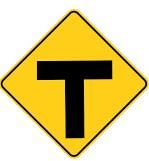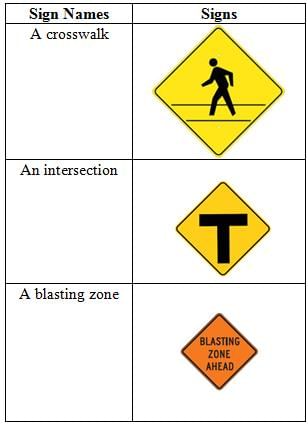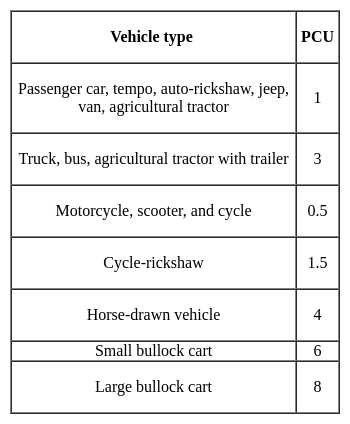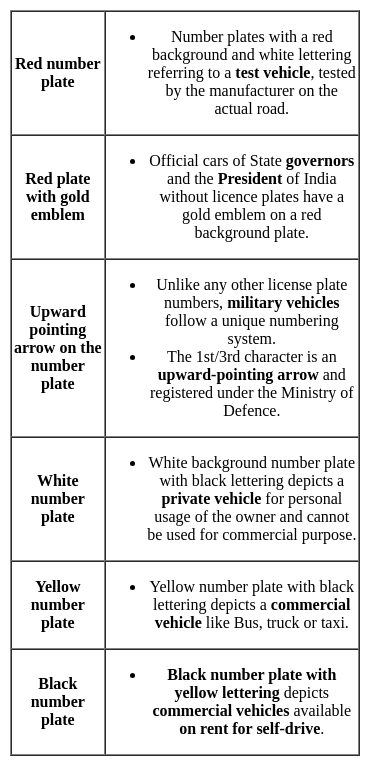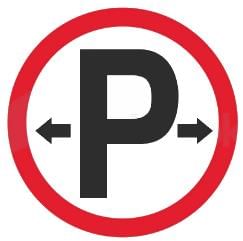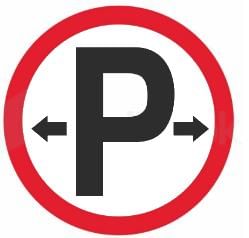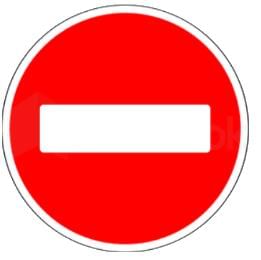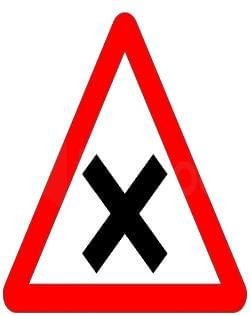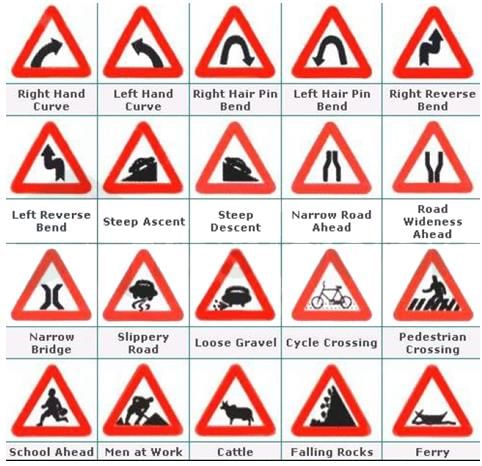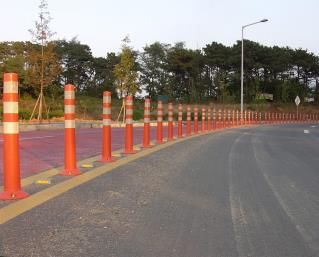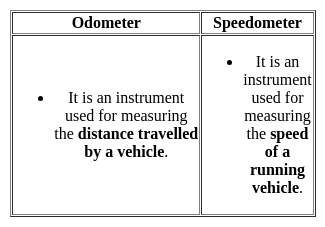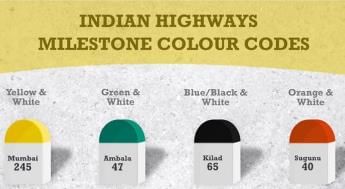Software Development Exam > Software Development Tests > Test: Road Safety - 1 - Software Development MCQ
Test: Road Safety - 1 - Software Development MCQ
Test Description
20 Questions MCQ Test - Test: Road Safety - 1
Test: Road Safety - 1 for Software Development 2025 is part of Software Development preparation. The Test: Road Safety - 1 questions and answers have been prepared
according to the Software Development exam syllabus.The Test: Road Safety - 1 MCQs are made for Software Development 2025 Exam.
Find important definitions, questions, notes, meanings, examples, exercises, MCQs and online tests for Test: Road Safety - 1 below.
Solutions of Test: Road Safety - 1 questions in English are available as part of our course for Software Development & Test: Road Safety - 1 solutions in
Hindi for Software Development course.
Download more important topics, notes, lectures and mock test series for Software Development Exam by signing up for free. Attempt Test: Road Safety - 1 | 20 questions in 20 minutes | Mock test for Software Development preparation | Free important questions MCQ to study for Software Development Exam | Download free PDF with solutions
Test: Road Safety - 1 - Question 1
Select the incorrect statement with respect to traffic rules.
Detailed Solution for Test: Road Safety - 1 - Question 1
Test: Road Safety - 1 - Question 2
You are on traffic duty, common people are selling vegetables/goods on the footpath on both sides of the road, so what will you do?
Detailed Solution for Test: Road Safety - 1 - Question 2
Test: Road Safety - 1 - Question 3
Regarding the silence zone which of the following statements is not correct
Detailed Solution for Test: Road Safety - 1 - Question 3
Detailed Solution for Test: Road Safety - 1 - Question 4
Detailed Solution for Test: Road Safety - 1 - Question 5
Detailed Solution for Test: Road Safety - 1 - Question 6
Test: Road Safety - 1 - Question 7
While changing lanes from left to right, the driver should _______
Detailed Solution for Test: Road Safety - 1 - Question 7
Detailed Solution for Test: Road Safety - 1 - Question 8
Test: Road Safety - 1 - Question 9
In India, cars bearing black number plate with yellow lettering are
Detailed Solution for Test: Road Safety - 1 - Question 9
Test: Road Safety - 1 - Question 10
When out at night, what should you wear to be seen easily by traffic?
Detailed Solution for Test: Road Safety - 1 - Question 10
Detailed Solution for Test: Road Safety - 1 - Question 11
Detailed Solution for Test: Road Safety - 1 - Question 12
Test: Road Safety - 1 - Question 13
The Rajya Sabha passed the Motor Vehicles (Amendment) Bill, 2019. It seeks to amend the ________.
Detailed Solution for Test: Road Safety - 1 - Question 13
Test: Road Safety - 1 - Question 14
The minimum age required for a person to drive a motorbike without a gear is _________.
Detailed Solution for Test: Road Safety - 1 - Question 14
Test: Road Safety - 1 - Question 15
The indicators that may be marked for visible outline of the road is called as ______.
Detailed Solution for Test: Road Safety - 1 - Question 15
Detailed Solution for Test: Road Safety - 1 - Question 16
Test: Road Safety - 1 - Question 17
If you drive while intoxicated, how many months of sentence will you get?
Detailed Solution for Test: Road Safety - 1 - Question 17
Detailed Solution for Test: Road Safety - 1 - Question 18
Detailed Solution for Test: Road Safety - 1 - Question 19
Test: Road Safety - 1 - Question 20
When the vehicle is parked on the side of the road at night
Detailed Solution for Test: Road Safety - 1 - Question 20
Information about Test: Road Safety - 1 Page
In this test you can find the Exam questions for Test: Road Safety - 1 solved & explained in the simplest way possible.
Besides giving Questions and answers for Test: Road Safety - 1, EduRev gives you an ample number of Online tests for practice
Download as PDF



